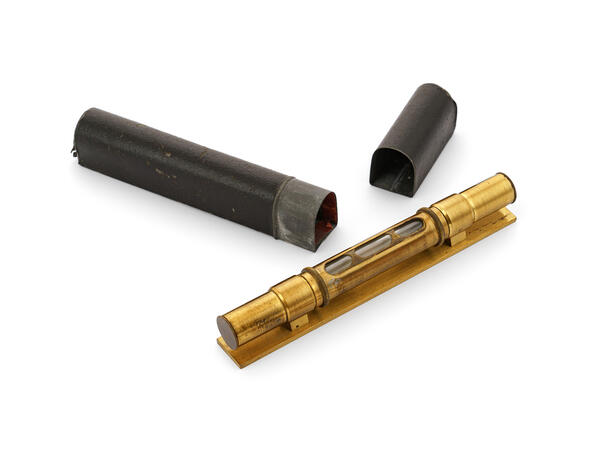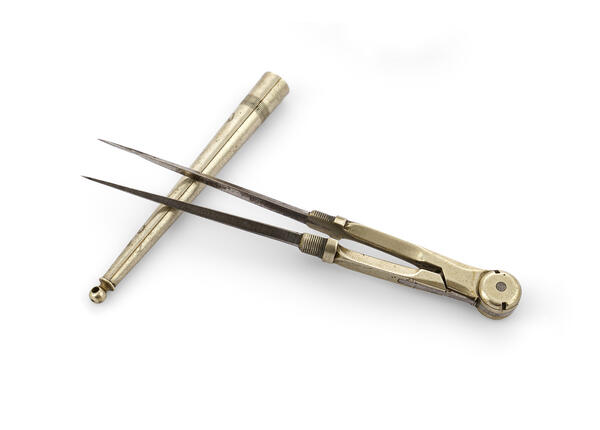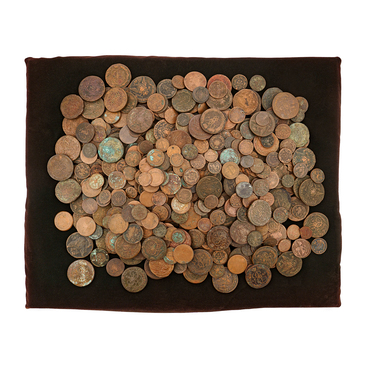The Lipetsk Regional Museum of Local Lore features a collection of drafting tools that used to belong to Ivan Pavlovich Mashkov, a Russian and Soviet architect, restorer, and researcher of ancient Russian architecture. The exhibits were donated to the museum by Ivan Mashkov’s relatives in 1977.
Ivan Mashkov was born into the family of a blacksmith in the village of Trubetchino, Tambov Governorate (now Dobrovsky District, Lipetsk Oblast), on January 14, 1867. He lost his parents, Mikhail Yevdokimovich and Yevfimiya Denisovna Sokolov, at an early age. In 1875, he was adopted by a childless couple — Pavel Karpovich Mashkov, a Lipetsk merchant of the second guild, and his wife Natalya Yefimovna. The new family provided him not only with love, care, and their name but also with the opportunity to receive a good education. The fate of the future architect was influenced by his foster mother’s brother, Aleksey Yefimovich Andreyev. He was a teacher of drawing and penmanship at the uyezd school and a land surveyor. He designed buildings, supervised construction works, and for some time served as the city architect. He taught Ivan Mashkov how to trace drawings, make land plans, and sketch building façades. It was Aleksey Andreyev who convinced his sister to send her adopted son to Moscow where he could pursue further education. After graduating from the Lipetsk uyezd school in the fall of 1881, Ivan Mashkov passed the entrance exam and was accepted into the head class of the Moscow School of Painting, Sculpture and Architecture. He graduated in 1886 with the title of class artist in architecture. The same year, he was granted a license to practice architecture.
Ivan Mashkov started his independent career in Lipetsk where he designed the zemstvo hospital, girls’ secondary school, and St. Nicholas church, as well as the State Bank in Yelets. In 1895, he moved to Moscow where he worked as an architect. After the October Revolution of 1917, he became chief architect at the Moscow City Council.
Ivan Mashkov was also known as a talented restorer. He supervised the restoration of the Smolensk Cathedral at the Novodevichy Monastery and the Dormition Cathedral in the Kremlin. Thanks to his efforts, the Old Dormition Church in Lipetsk was included on the list of buildings to be preserved, saving it from demolition during Soviet times.




